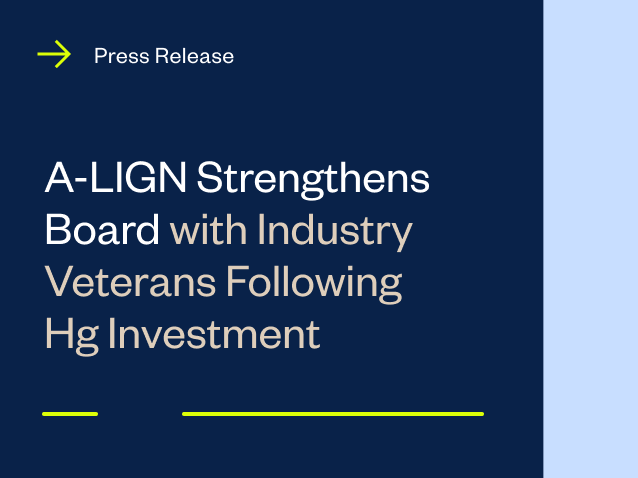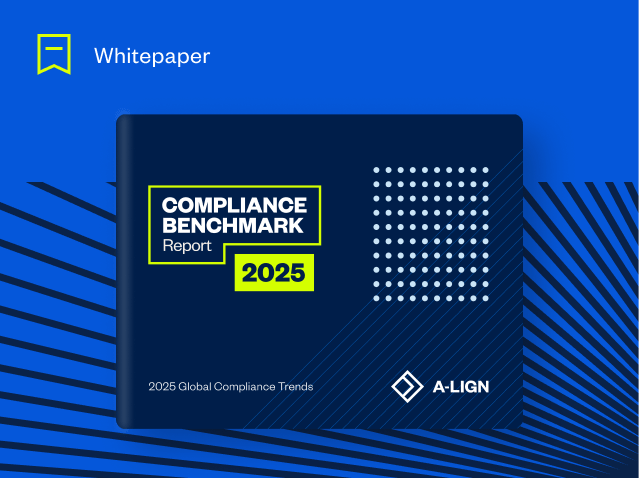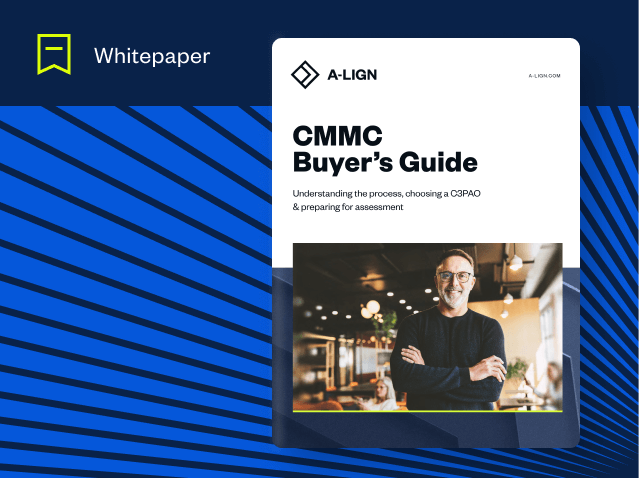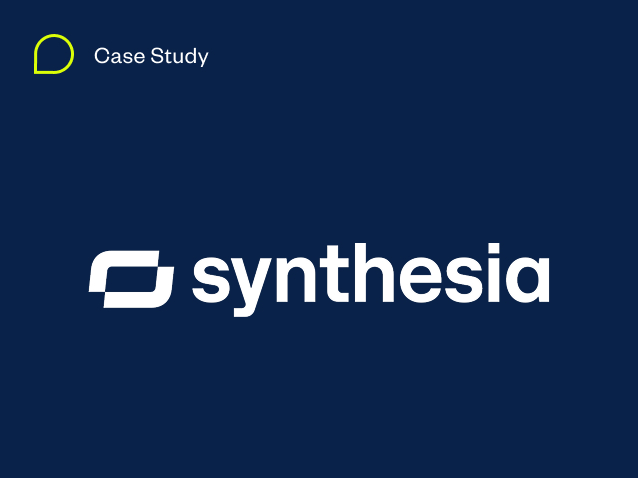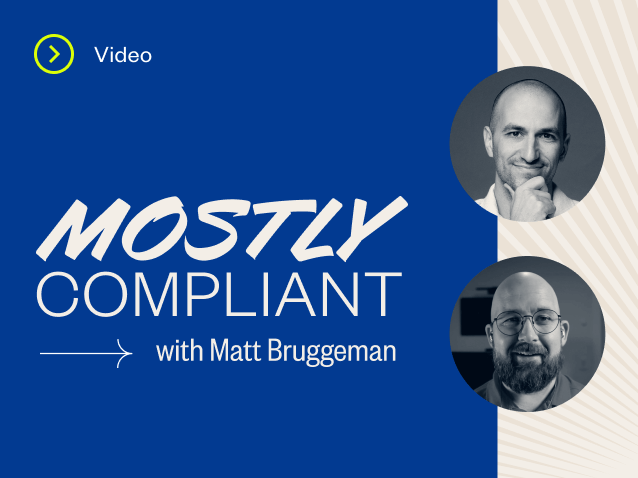The Case for Consolidating Your SOC 2 and ISO 27001 Audits
SOC 2 and ISO 27001 are practically household names in the world of compliance. These standards used to demonstrate proactive compliance across industries, but are now frequently a baseline expectation. Their popularity has surged in recent years due to customer requests and internal compliance posturing. The expectation to be compliant with these standards is expected to continue growing.
Beyond their popularity, did you know that SOC 2 and ISO 27001 have a lot in common? The control overlaps between these standards mean that if you’re pursuing one of these audits, it makes sense to do the other at the same time to achieve efficiencies during the audit cycle and reduce duplicative efforts. Read on to learn about the overlaps between SOC 2 and ISO 27001 and how harmonizing your audit cycles to pursue both frameworks at once can help your organization work smarter, not harder.
Understanding SOC 2 and ISO 27001
Before we dive into the similarities between these two standards, let’s break down the basics of each standard and what they are designed to do.
What is SOC 2?
A SOC 2 report (System and Organization Controls) is an independent attestation that evaluates the effectiveness of a company’s controls as they relate to Security, Availability, Processing Integrity, and Privacy. The security of your environment is based on the requirements within a SOC 2 examination, known as the Trust Services Criteria (TSC):
- Security (required)
- Availability (optional)
- Processing Integrity (optional)
- Confidentiality (optional)
- Privacy (optional)
What is ISO 27001?
The International Organization for Standardization (ISO) and International Electrotechnical Commission (IEC) originally published ISO 27001 in October 2005, revised in 2013, and again in 2022. It focuses on building a strong information security management system (ISMS) within organizations.
As one of the most widely used security frameworks around the world, ISO 27001 is a risk-driven standard that focuses on data confidentiality, integrity, and availability. The standard aims to help organizations have a stronger, more holistic approach to data security.
Overlaps between SOC 2 and ISO 27001
Despite their differences, SOC 2 and ISO 27001 have a sizable overlap at 43%, meaning that if you’ve already completed a SOC 2 assessment, you’ve already met 43% of evidence required for ISO 27001.

The key similarities in the controls between these two standards include:
- Positive security culture
- Risk identification, assessment, and mitigation
- Internal communication and collaboration
- Access control, authentication, and authorization
- Monitoring and logging of security events
- Timely identification and communication of control issues
Why should you consolidate your SOC 2 and ISO 27001 audits?
The process of consolidating your audits by identifying commonalities between frameworks and reducing duplicative tasks while completing both audits is often called audit consolidation.
This process is designed for organizations completing two or more audits per year to save time, save money, and power efficiencies across compliance teams.
Benefits of audit consolidation
Audit consolidation is a process designed to help you and your team get back to work and stop performing duplicative tasks every audit cycle and operate under continuous audit cycles. Although it may seem like a minor inconvenience to upload identical documentation to multiple places, that time adds up, and it’s precious. Audit consolidation can change all of this and help you:
- Save time by reducing duplicative tasks and documentation
- Drive efficiencies across your team by letting you get back to your real job
- Simplify the audit cycle and how it impacts your organization
Audit harmonization
If you have more than three audits to complete per year, your organization may benefit from audit harmonization, which is a white-glove approach to consolidating multiple frameworks.
There are three key steps to audit consolidation: analyze, customize, harmonize.
- Analyze: Our experienced audit team will take the time to understand your organization’s objectives, which frameworks you’re pursuing, and define how this compliance strategy can help you meet your goals.
- Customize: This step is centered around customizing the strategy presented to your team to consolidate your audit cycle. This step includes a Master Audit Plan and will present the time savings possible through audit consolidation.
- Harmonize: The A-LIGN team will execute the Master Audit Plan presented and minimize the amount of effort required for your compliance team. They will also ensure you are getting the highest quality audit on the market.
Audit consolidation FAQ
This process might be brand new to you, and that’s ok! Here are answers to some common questions about making the most of your audit consolidation process between SOC 2 and ISO 27001:
Can I consolidate audits with multiple providers?
One way to drive audit consolidation is through consolidating your audits with a single provider. This step can greatly simplify your audit cycles and reduce the complications of communicating with multiple teams, sharing status updates between providers, and staying organized during your audit cycle.
Who is involved in the audit consolidation process?
This isn’t just your immediate internal team, it’s your audit partner, your GRC tool, and any other people or programs that help you cross the finish line. We will take the time to understand your business in order to provide the most effective process. Have a GRC tool already in place? We partner with many major GRC platforms to increase efficiency in the process
Are there any other tools that can help my team consolidate our audits?
Technology is a huge piece of the puzzle that makes up audit consolidation. Tools that can offer access to historical data, leverage evidence across audits, and help your auditor work smarter are going to mean your audit cycle is greatly simplified.
Choosing the right audit partner
Choosing the right audit partner to consolidate your SOC 2 and ISO 27001 audits is key to a successful, high-quality final report. If you choose the right audit partner, you’ll be working in lockstep with this team year after year. Evaluate your options carefully before signing a contract. We recommend choosing a partner that:
- Is experienced across frameworks: Choosing a partner that can complete all of your audits in one place is essential to the consolidation process. After all, you can’t consolidate with one partner if they can’t execute an ISO 27001 audit and you need that certification to do business with a customer. Or, if ISO 42001 is on your compliance roadmap, ensure your audit partner can grow alongside you and provide new certifications.
- Has high standards of quality: Although quality is subjective, you should be looking for a final report that is detailed, provides actionable recommendations, and an audit team that prioritizes customer communication and education. These attributes demonstrate than an audit partner will be able to provide your organization with a high-quality final report that both confirms compliance and highlights areas for improvement and risk mitigation strategies that are specific to your organization’s security posture. Read more in our Quality Audit Checklist.
- Is tech-enabled: Choosing an auditor that is tech-enabled is all about efficiency. An auditor who does everything manually will take longer to finish your audit, and nobody wants to spend more time on an audit than they have to. Your best bet is to choose an audit partner that has an audit management platform, like A-SCEND. Audit management platforms can simplify and accelerate your path to a quality audit, further reduce time spent on repetitive tasks, and integrate with GRC tools to work where you do.
Interested in how A-LIGN can help your organization consolidate your SOC 2 and ISO 27001 audits? Contact us today to learn more.
